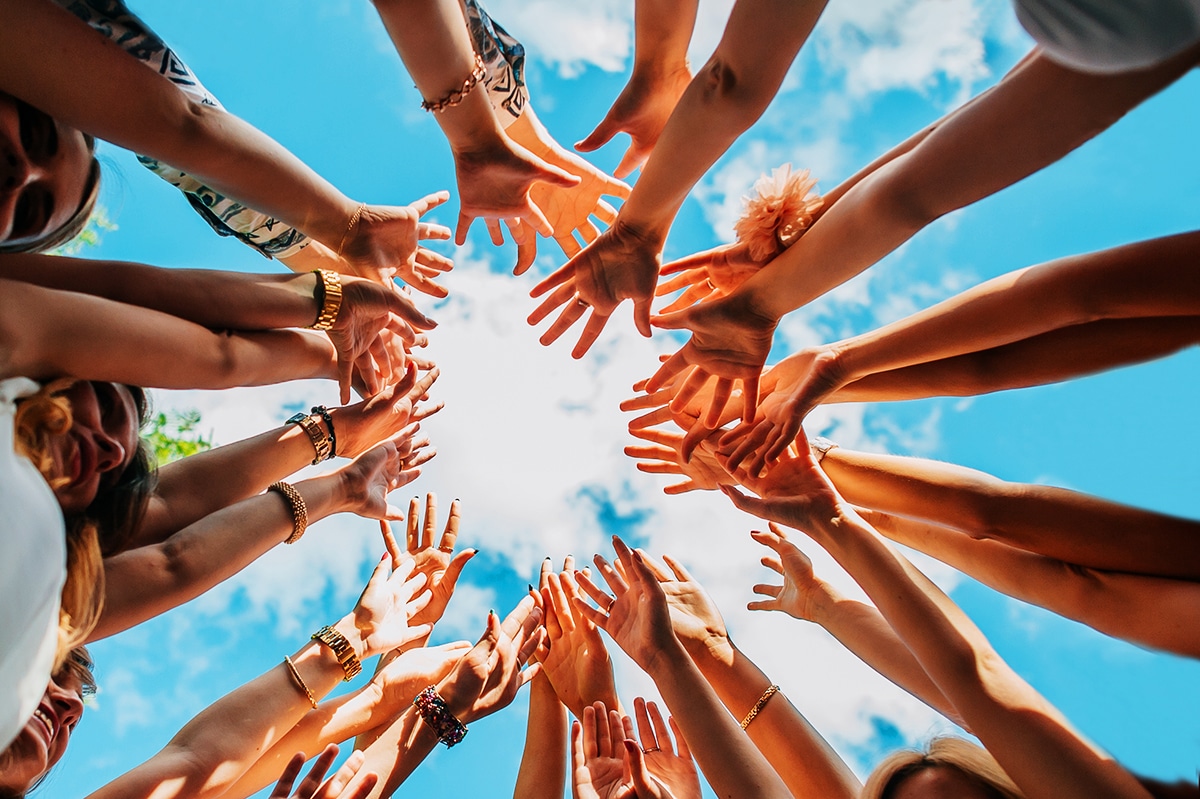In the midst of the chaos and violence present in today’s society, fostering peace in our communities has become increasingly important. It is vital to create an environment where people can live together harmoniously, free from fear and prejudice, and empowered to promote positive change in their communities.
While governments and international organizations play a vital role in promoting peace, we cannot underestimate the power of individuals and their communities in making a difference. Here are five empowering ways to foster peace in your community and beyond.
1. Promote Dialogue and Understanding
One of the most effective ways to foster peace is by promoting dialogue and understanding within your community. Often, people are quick to judge and stereotype others based on their race, ethnicity, or religion. These negative attitudes fuel unnecessary animosity and conflicts.
Thus, it is crucial to create safe spaces for people to engage in open, honest conversations about their differences. These forums can be organized in various ways, such as town hall meetings, community dialogues, or interfaith gatherings.
During these sessions, encourage active listening and respect for divergent opinions. It is essential to create an environment where everyone feels heard, their perspectives valued, and no one is shut down or ridiculed.
Organizing dialogues and promoting understanding also involves acknowledging your privilege and seeking out voices that are often unheard or marginalized. Be mindful of the language you use and ensure that it is inclusive and respectful.
2. Supporting Nonviolent Actions
Another way to foster peace is by encouraging nonviolent actions in your community. In today’s polarized world, people are increasingly divided, and conflicts can escalate rapidly. This is where nonviolent actions come in.
Encourage peaceful demonstrations or marches that aim to raise awareness about pressing issues, such as police brutality, social inequalities, or discrimination. These events should emphasize nonviolent practices, such as peaceful protestors or holding signs rather than physically harming people or property.
Nonviolent events can be powerful tools for promoting peace and change. For example, the Civil Rights Movement of the 1960s achieved significant strides through peaceful marches and boycotts.
Lastly, it’s imperative to foster a culture of kindness and empathy within our communities. Kindness can be as simple as a smile or offering a helping hand to someone in need. Such actions create an atmosphere of trust and positivity that has an essential impact on everyone’s overall wellbeing.
3. Investing in Education and Youth Development
As the saying goes, «The children are the future.» We must invest in education and youth development to promote peace in our communities. Education is a powerful tool for promoting peace, challenging stereotypes, and creating a more just society.
It is essential to focus on teaching children how to be tolerant and understanding of others. Encourage schools to promote peace and nonviolence in their curriculums.
Furthermore, youth development programs can be effective in preventing violence and promoting peace in your community. These programs can focus on empowering young people to become agents of change, sharing their cultures, and building intergenerational relationships.
They can also engage youth in community service and positive activities to promote healthy and positive lifestyles. Investing in education and youth development is an excellent way to tackle societal issues from the roots.
4. Reducing Conflict and Violence
Another crucial step to promoting peace in our communities and beyond is to reduce conflicts and violence. Unfortunately, violence is a pervasive threat in many communities, often resulting in severe consequences for individuals and the community at large.
To reduce conflicts, encourage conflict resolution techniques, such as mediation and negotiation. These techniques can help resolve conflicts in a peaceful and constructive manner, promoting respect and understanding.
Furthermore, violence reduction strategies can help prevent violence in our communities. These strategies can involve intervention techniques that aim to mitigate conflicts before they escalate. They can also involve community policing, where community members work with the police authorities to prevent violence.
5. Building Strong Networks and Collaborating
Lastly, building strong networks and collaborating with others is a critical way to promote peace in your community and beyond. There is power in numbers, and working together towards common goals can help us achieve success.
Collaboration can involve partnering with other organizations or individuals who share your values and goals. Seek out opportunities to work with others, whether it’s through volunteer groups, local associations, or social media.
Furthermore, seek to build relationships wherever you go. Strong relationships are at the heart of strong communities. They can help promote empathy, understanding, and trust among community members.
Summary
In conclusion, promoting peace in our communities and beyond is crucial to creating a better world. We can promote peace by creating open dialogue, supporting nonviolent actions, investing in education and youth development, reducing conflict and violence, and building strong networks and collaborations.
As individuals, we must work towards fostering peace in our communities, each step at a time. We must listen to each other’s voices, empathize with our fellow human beings and be open to learning from diverse perspectives. With these steps, we can create a more peaceful and harmonious world for generations to come.
